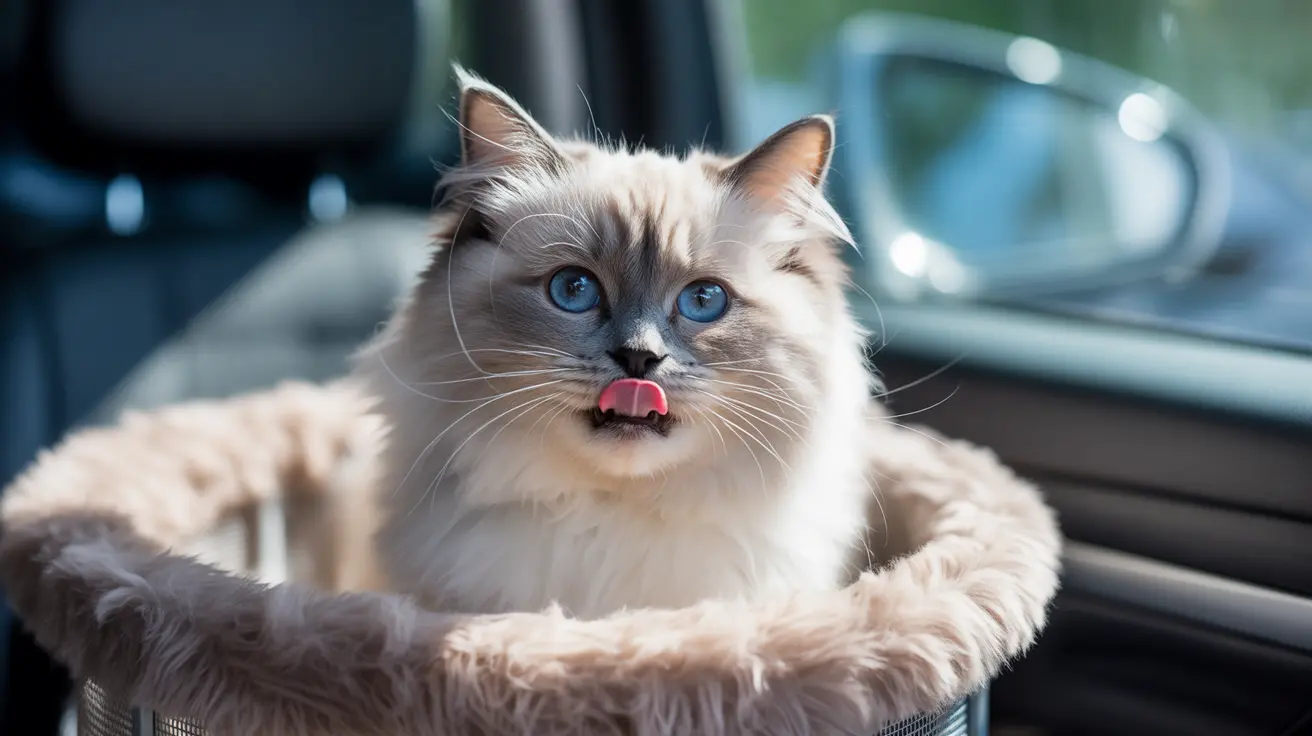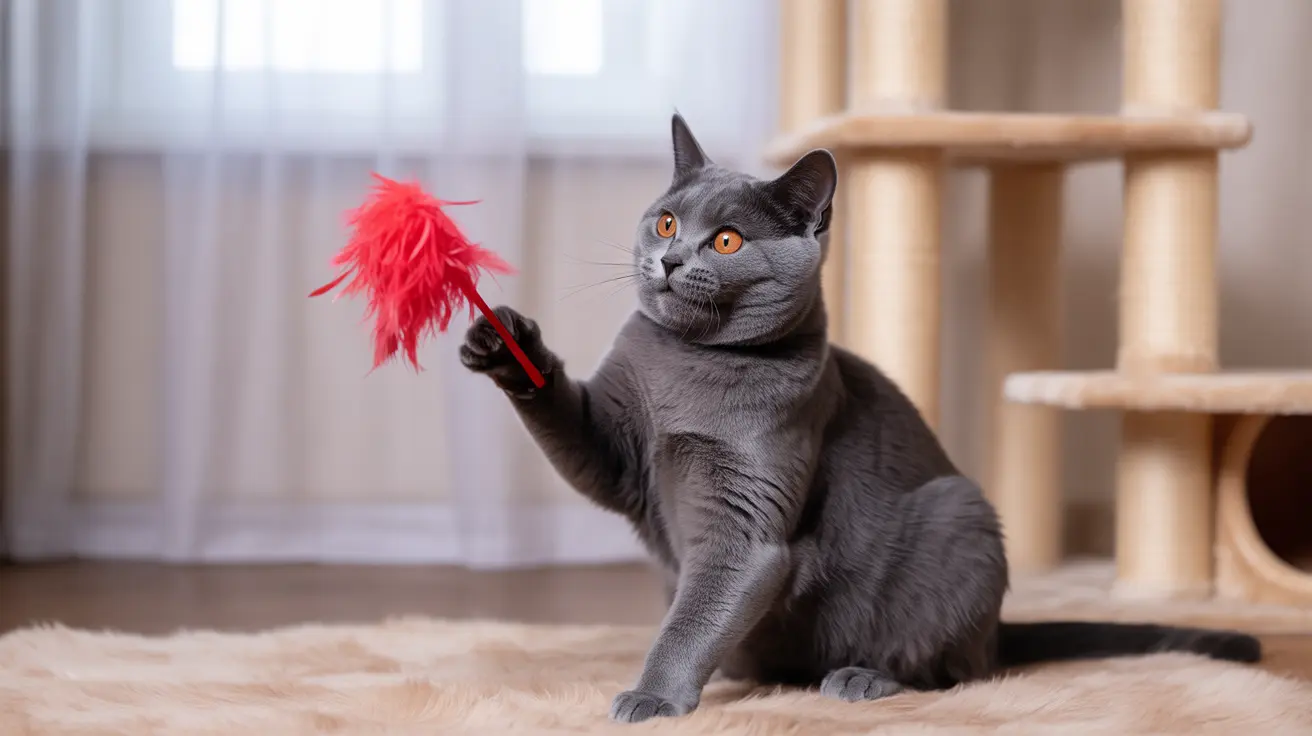Why Vanilla Essential Oil Is Dangerous for Cats
Cats lack crucial liver enzymes, specifically UDP-glucuronosyltransferase, that are necessary to break down and eliminate certain compounds found in essential oils, including vanilla. This metabolic deficiency means that even small exposures to vanilla essential oil can lead to toxic accumulation in their system.
Additionally, cats have extremely sensitive respiratory systems and olfactory receptors that are approximately 40 times more powerful than humans. This makes them particularly vulnerable to airborne essential oils, even in diluted forms.
Common Ways Cats Are Exposed to Vanilla Essential Oil
Cats can encounter vanilla essential oil through several routes:
- Direct skin contact from spills or application
- Inhalation from diffusers or room sprays
- Accidental ingestion during grooming
- Secondary exposure from scented products
Recognizing Signs of Essential Oil Poisoning
If your cat has been exposed to vanilla essential oil, watch for these warning signs:
- Drooling or excessive salivation
- Difficulty breathing or coughing
- Vomiting or diarrhea
- Lethargy or weakness
- Tremors or uncoordinated movement
- Redness or irritation around mouth or skin
- Changes in behavior or appetite
Immediate Actions for Essential Oil Exposure
If you suspect your cat has been exposed to vanilla essential oil:
- Remove your cat from the area immediately
- Contact your veterinarian or pet poison hotline
- Do not induce vomiting without professional guidance
- Document when and how exposure occurred
- Keep the product container for reference
Safe Alternatives for Home Fragrance
Instead of using vanilla essential oil, consider these cat-safe options:
- Natural ventilation
- HEPA air purifiers
- Pet-safe plants (excluding toxic varieties)
- Baking soda for odor absorption
- Regular cleaning routines
Frequently Asked Questions
Is vanilla essential oil safe to use around cats at home?
No, vanilla essential oil is not safe to use around cats in any form. Cats lack the necessary enzymes to process essential oils, making them toxic even in small amounts or when diluted.
What symptoms indicate my cat has been poisoned by vanilla essential oil?
Key symptoms include excessive drooling, respiratory distress, vomiting, lethargy, tremors, and skin irritation. If you notice any of these signs, seek immediate veterinary care.
How can cats be exposed to vanilla essential oil and what risks does it pose?
Cats can be exposed through direct contact, inhalation from diffusers, or ingestion during grooming. Risks include liver damage, respiratory problems, and potentially fatal reactions in severe cases.
What should I do if my cat accidentally inhales or ingests vanilla essential oil?
Contact your veterinarian or pet poison hotline immediately. Remove your cat from the exposure source and do not attempt home treatments without professional guidance.
Are there any safe alternatives to vanilla essential oil for scenting a home with cats?
Yes, use natural ventilation, HEPA air purifiers, or pet-safe plants. Avoid all essential oils around cats and focus on proper cleaning and odor management instead.
Conclusion
While vanilla essential oil might seem harmless, it poses serious health risks to cats due to their unique biology and sensitive systems. As responsible pet parents, it's crucial to avoid using any essential oils around our feline companions and opt for cat-safe alternatives instead. When in doubt, always consult with your veterinarian before introducing new scented products into your home.






